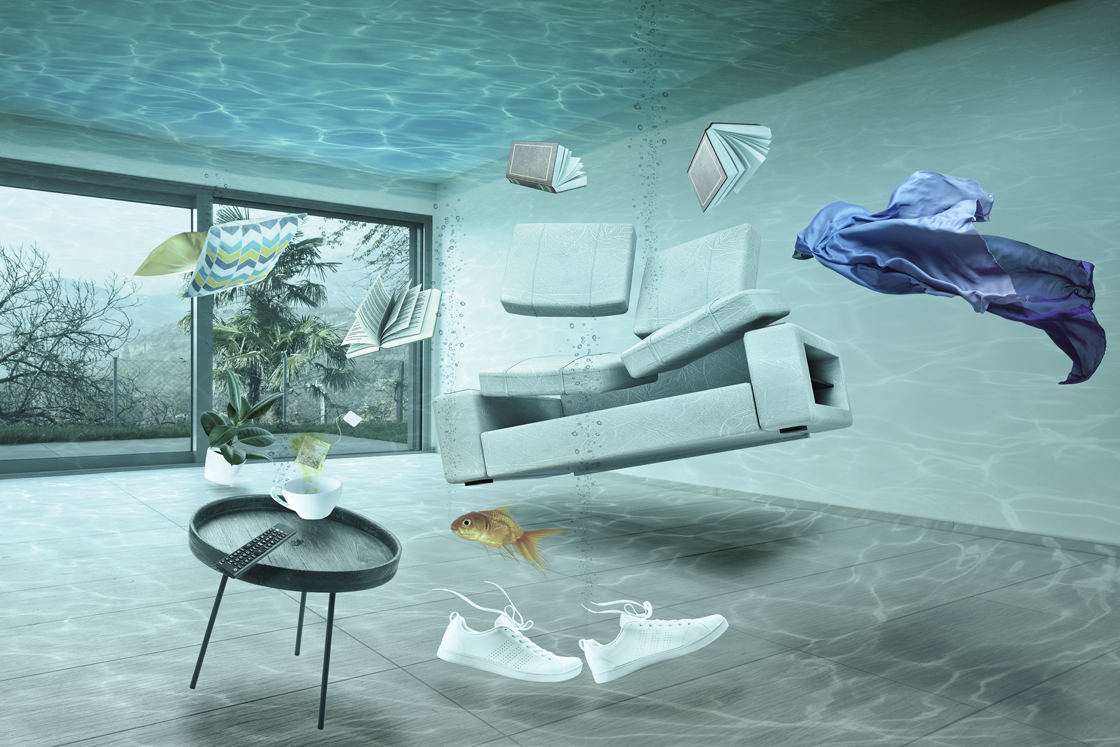Guide To Water Leak Detection In The House
Guide To Water Leak Detection In The House
Blog Article
Are you currently looking for additional info on Locating water leaks?

Early discovery of dripping water lines can mitigate a potential catastrophe. Aside from conserving you money, it will minimize the worry and irritation. The moment you find a leak, calling your plumber for repairs is the best service. Nonetheless, some little water leaks may not be visible. If you can not find it with your nude eyes, below are some hacks that help.
1. Check Out the Water Meter
Every house has a water meter. Checking it is a surefire way that assists you uncover leakages. For beginners, switch off all the water resources. Make certain nobody will purge, make use of the tap, shower, run the cleaning equipment or dish washer. From there, most likely to the meter and watch if it will change. Since nobody is using it, there ought to be no movements. That indicates a fast-moving leak if it relocates. Likewise, if you spot no changes, wait an hour or two and examine back again. This means you might have a slow-moving leak that might even be underground.
2. Examine Water Usage
If you find abrupt modifications, in spite of your consumption being the very same, it means that you have leaks in your plumbing system. A sudden spike in your costs suggests a fast-moving leakage.
At the same time, a stable rise on a monthly basis, despite the very same practices, reveals you have a sluggish leakage that's additionally slowly rising. Call a plumber to extensively inspect your building, particularly if you really feel a cozy area on your flooring with piping beneath.
3. Do a Food Coloring Test
When it comes to water usage, 30% comes from toilets. If the color somehow infiltrates your bowl during that time without flushing, there's a leak between the tank and dish.
4. Asses Outside Lines
Don't forget to check your exterior water lines as well. Test faucets by connecting a yard hose. Should water permeate out of the link, you have a loosened rubber gasket. Change this as well as make certain all connections are tight. If you have actually got a sprinkler system, it will aid get it skillfully checked out and also maintained each year. One tiny leak can waste lots of water and also increase your water expense.
5. Examine the scenario as well as examine
House owners ought to make it a habit to inspect under the sink counters as well as even inside cupboards for any bad odor or mold growth. These two red flags show a leakage so prompt focus is called for. Doing routine inspections, even bi-annually, can save you from a major problem.
If you recognize your house is currently old, maintain a careful eye on your heating units, hoses, pipelines and so on. Check for stainings and damaging as many pipelines and home appliances have a life expectancy. They will additionally naturally weaken as a result of tear and also wear. If you presume dripping water lines in your plumbing system, don't wait on it to rise. Call an expert plumber right away so you don't end up with a terrible mess in your home.
Early detection of dripping water lines can minimize a prospective calamity. Some little water leakages may not be visible. Checking it is a guaranteed method that aids you discover leaks. One tiny leak can throw away bunches of water as well as surge your water costs.
If you believe dripping water lines in your plumbing system, do not wait for it to escalate.
WARNING SIGNS OF WATER LEAKAGE BEHIND THE WALL
PERSISTENT MUSTY ODORS
As water slowly drips from a leaky pipe inside the wall, flooring and sheetrock stay damp and develop an odor similar to wet cardboard. It generates a musty smell that can help you find hidden leaks.
MOLD IN UNUSUAL AREAS
Mold usually grows in wet areas like kitchens, baths and laundry rooms. If you spot the stuff on walls or baseboards in other rooms of the house, it’s a good indicator of undetected water leaks.
STAINS THAT GROW
When mold thrives around a leaky pipe, it sometimes takes hold on the inside surface of the affected wall. A growing stain on otherwise clean sheetrock is often your sign of a hidden plumbing problem.
PEELING OR BUBBLING WALLPAPER / PAINT
This clue is easy to miss in rooms that don’t get much use. When you see wallpaper separating along seams or paint bubbling or flaking off the wall, blame sheetrock that stays wet because of an undetected leak.
BUCKLED CEILINGS AND STAINED FLOORS
If ceilings or floors in bathrooms, kitchens or laundry areas develop structural problems, don’t rule out constant damp inside the walls. Wet sheetrock can affect adjacent framing, flooring and ceilings.
https://www.servicemasterbyzaba.com/blog/how-to-detect-water-leakage-in-walls/

Do you really like more info about Hacks to detect leaks? Give a remark directly below. We'd be delighted to see your reactions about this piece. Hoping to see you back again soon. Loved our post? Please share it. Help somebody else find it. Many thanks for taking the time to read it.
Report this page